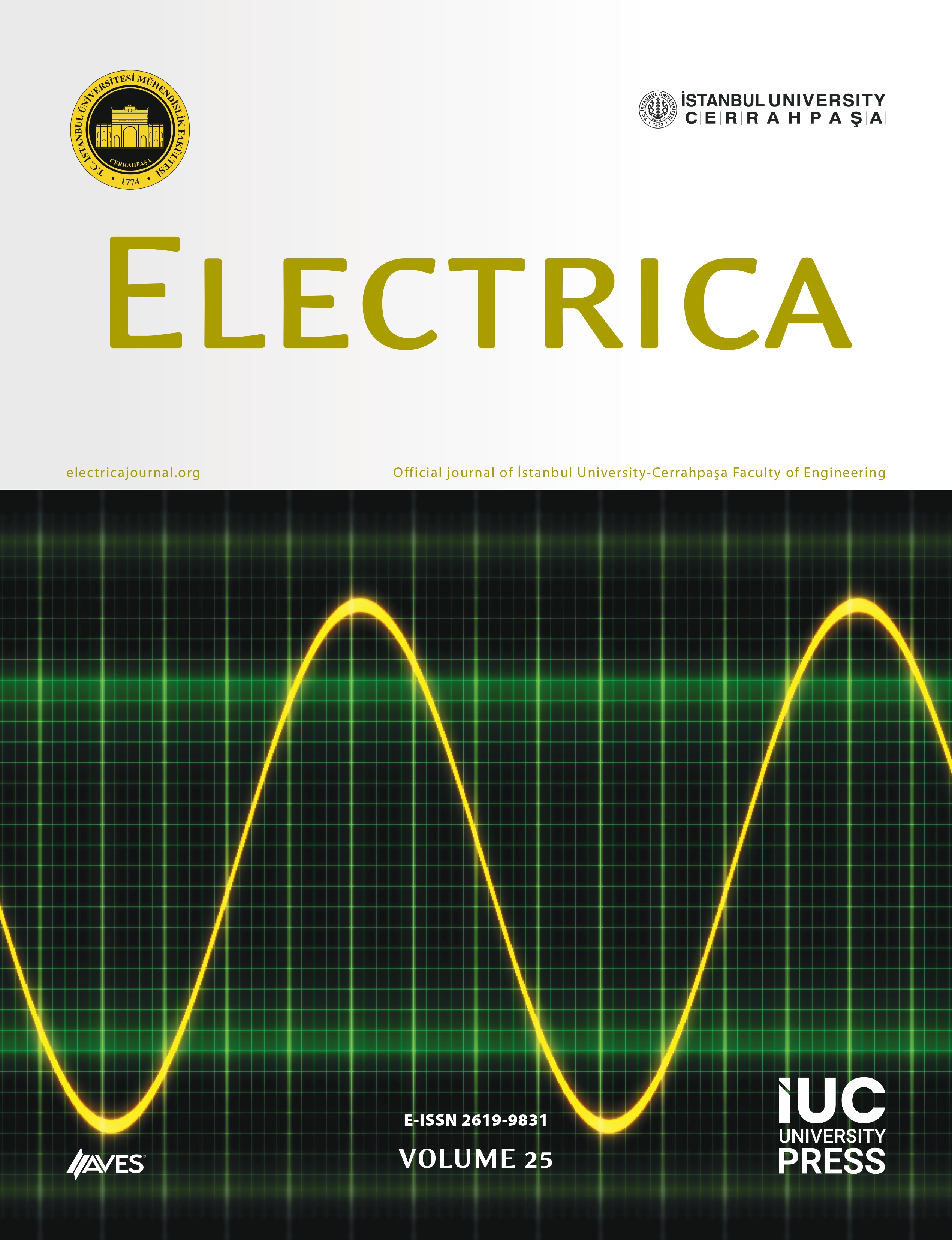Convolutional neural networks with different architectures extract different features. Imagine a scenario where multiple models were trained on the same dataset, with the same hyperparameters, and under the same conditions. Because of their architecture, these models will learn to extract various features. As a result, even when all conditions are identical, different architectures will achieve varying levels of test accuracy. Test accuracy can be improved even more through ensembling models with varying levels of accuracy in different ways. The purpose of this research is to examine the encoder layers of models trained in such a scenario and to compare the effects of various architectures. In the study, the CIFAR-100 dataset was used to train five models based on ResNet18, GoogleNet, and MobileNetv3L. These models were ensembled in a multitude of ways. Class activation maps were computed for both analysis and ensembling. The research demonstrated that class activation maps could be used to learn how to ensemble models. As a result, model ensembling using class activation maps significantly improved test accuracy. Furthermore, one of the most important findings from the study is that including a model with low test accuracy in the ensemble can boost overall success.
Cite this article as: A. G. Gelen, “Improving the performance of ensemble models with class activation maps,” Electrica, 25, 0184, 2025. doi: 10.5152/electrica.2025.24184.



.png)

.png)